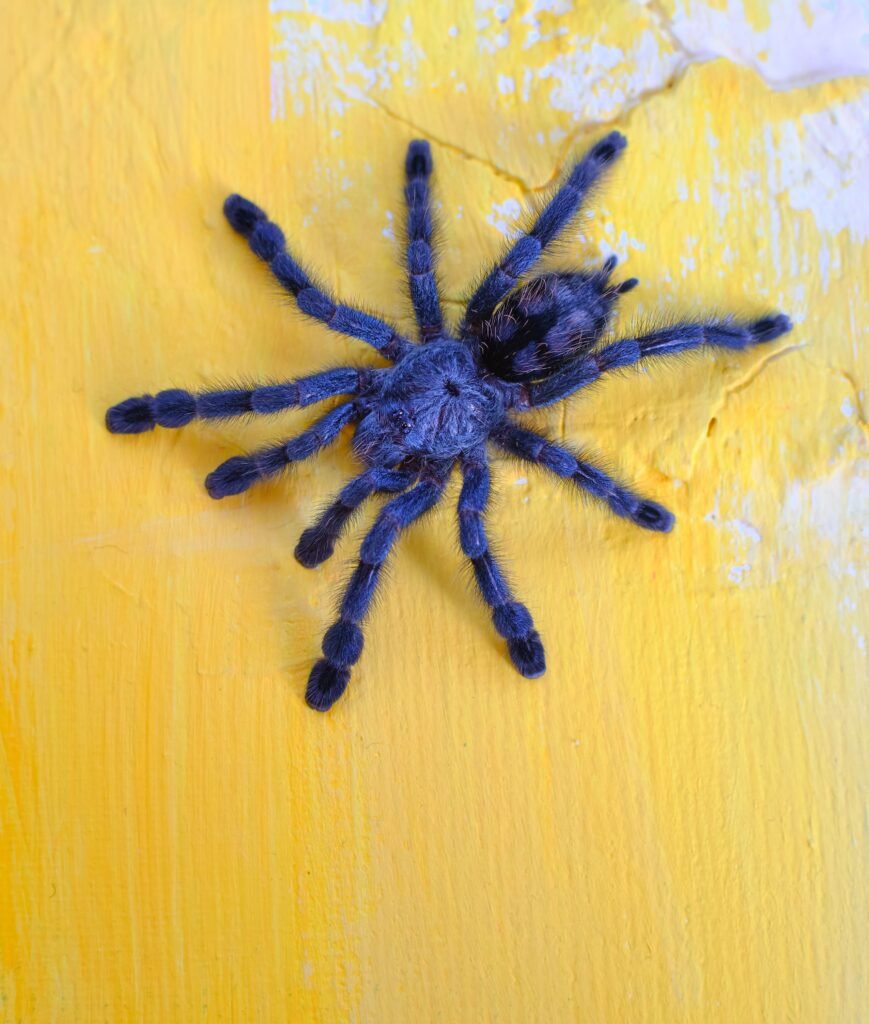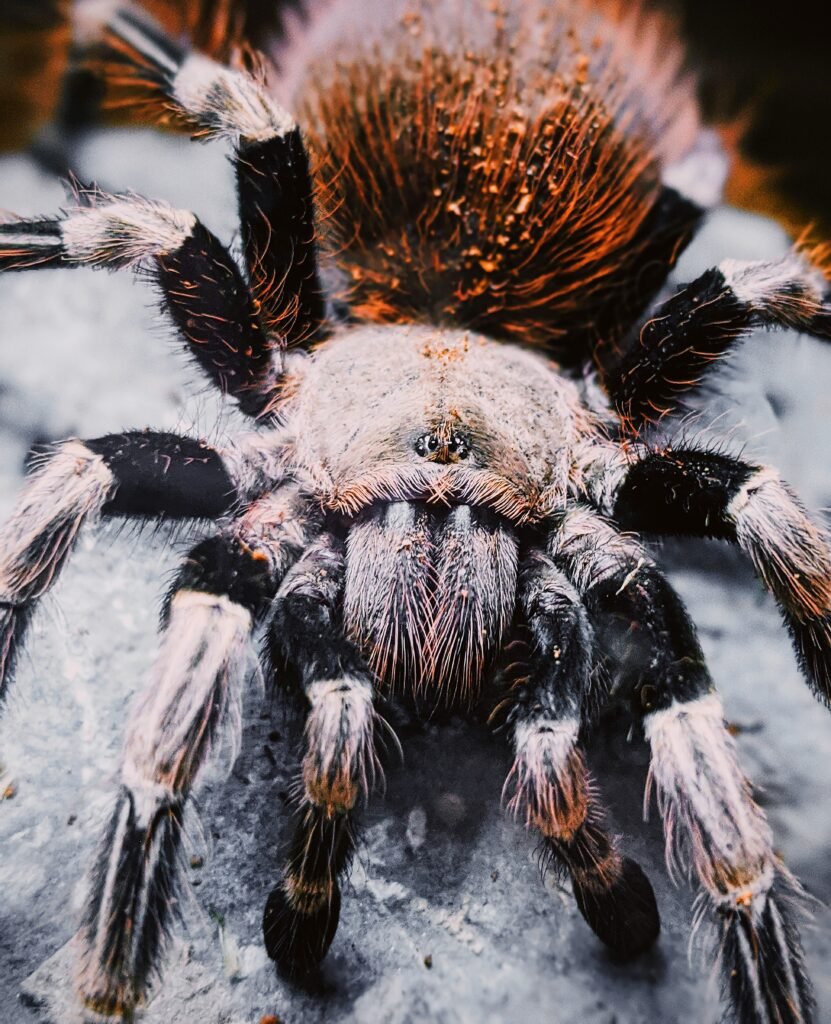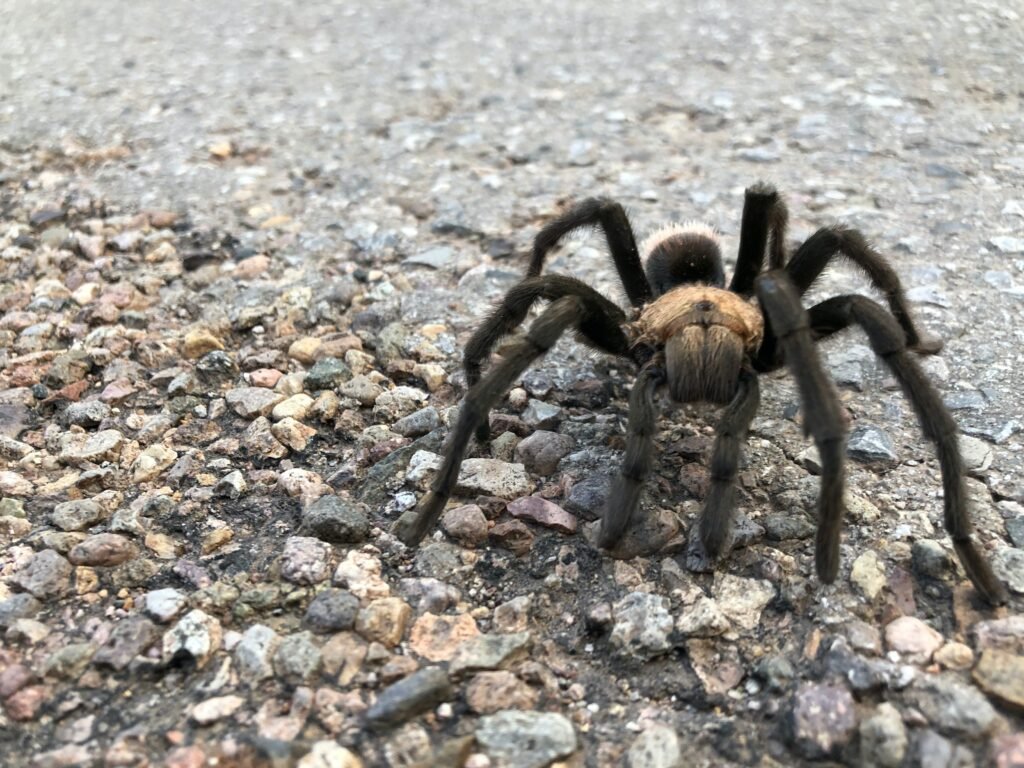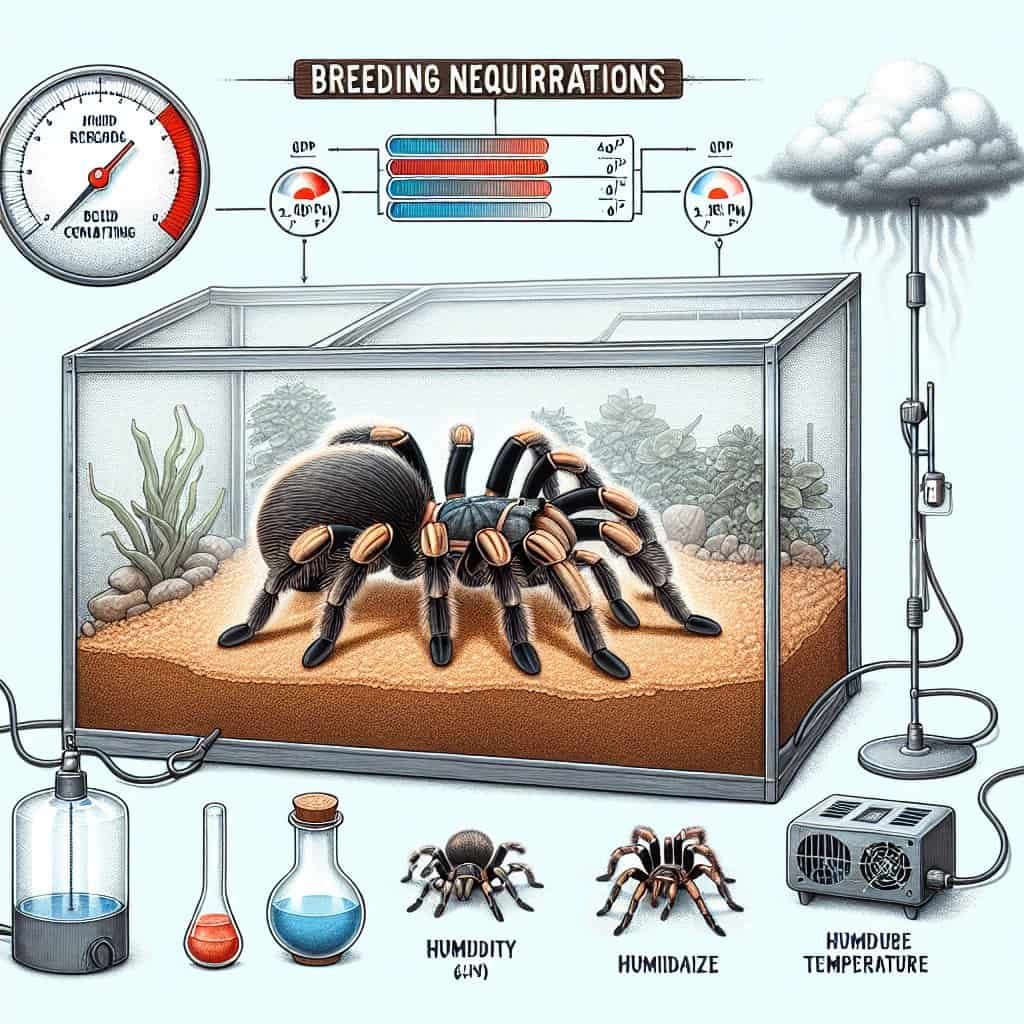Have you ever wondered if there are specific temperature and humidity requirements for tarantula breeding? Many tarantula enthusiasts are eager to expand their collection by breeding their own spiders, but they often wonder if they need to create a specific environment to ensure successful breeding. In this article, we will explore whether tarantulas have specific temperature and humidity requirements during the breeding process and how to create the optimal conditions for your tarantula breeds.
Importance of Temperature and Humidity in Tarantula Breeding
Breeding tarantulas can be a fascinating and rewarding experience for tarantula enthusiasts. However, it is crucial to understand and meet the specific temperature and humidity requirements for successful breeding. Tarantulas are ectothermic creatures, meaning that their body temperature is regulated by the temperature of their environment. In addition, tarantulas also rely on humidity levels to maintain their overall health and reproductive capabilities.
Temperature Considerations
Temperature plays a vital role in tarantula breeding. It affects their metabolism, reproductive cycles, and overall breeding success. It is important to provide the optimal temperature range for your tarantulas to ensure that they are in the best condition for mating and successful egg incubation.
Ideal Temperature Range
The ideal temperature range for tarantula breeding varies depending on the species. Generally, most tarantula species thrive in temperatures between 75°F (24°C) and 85°F (29°C). However, it is essential to research the specific temperature requirements of the tarantula species you are breeding to provide the most suitable conditions.
Daytime and Nighttime Temperatures
In their natural habitats, tarantulas experience temperature variations between day and night. Replicating this temperature fluctuation in captivity can be beneficial for breeding. During the day, provide a slightly higher temperature within the optimal range, while at night, allow for a slight decrease in temperature. This mimics the natural temperature cycles that tarantulas experience and can encourage breeding behaviors.
Providing Temperature Gradients
Creating temperature gradients within the tarantula enclosure can give them the opportunity to choose their preferred temperature. Positioning a heat source, such as a heat mat or heat lamp, on one side of the enclosure while leaving the other side cooler allows tarantulas to regulate their body temperature by moving between the warmer and cooler areas. This ensures that they can find their ideal temperature for breeding and overall well-being.

Humidity Considerations
Humidity is another crucial factor in tarantula breeding. It is the amount of moisture present in the air and affects tarantulas’ respiratory function, molting process, and reproductive success. Ensuring proper humidity levels will contribute to the overall health and breeding success of your tarantulas.
Maintaining Proper Humidity Levels
Maintaining appropriate humidity levels is essential for tarantula breeding. The ideal humidity range for most tarantula species falls between 65% and 75%. However, some species may have specific humidity requirements, so it is vital to research the needs of the particular tarantula species you are breeding.
Sources of Humidity
There are various ways to provide the necessary humidity for your tarantulas. A commonly used method is misting the enclosure with water to raise humidity levels temporarily. Additionally, adding a water dish and moist substrate can contribute to maintaining the required humidity. It is essential to monitor the humidity levels regularly and make any necessary adjustments to ensure a consistent and appropriate environment for your tarantulas.
Avoiding Excessive Humidity
While it is important to provide the correct humidity levels, it is equally crucial to avoid excessive humidity. Excessive moisture can lead to mold growth, bacterial infections, and respiratory issues for your tarantulas. Increased ventilation within the enclosure, reducing moisture sources, and monitoring humidity levels can help prevent excessive humidity.
Tarantula Species and Their Unique Requirements
It is essential to recognize and understand that different tarantula species have specific temperature and humidity requirements. These requirements can vary based on their natural habitat and the region they originate from. Therefore, it is crucial to research and become familiar with the specific needs of the tarantula species you are breeding.
Species-specific Temperature Requirements
Different tarantula species may have specific temperature preferences for breeding. Some species may require slightly higher or lower temperatures than the general ideal range. For example, tropical species may thrive in temperatures closer to 85°F (29°C), while species from cooler climates may prefer temperatures around 75°F (24°C). Understanding these species-specific temperature requirements is crucial for creating the optimal breeding environment.
Species-specific Humidity Requirements
Just as with temperature, the humidity requirements can vary among different tarantula species. Some species may require higher humidity levels, while others may tolerate lower humidity. It is important to research the natural habitat and environmental conditions of the tarantula species you are breeding to provide the appropriate humidity levels for their successful reproduction.

Controlling Temperature and Humidity
Maintaining the ideal temperature and humidity levels within the tarantula enclosure is essential for successful breeding. Several methods can help control and regulate these factors to create the optimal breeding environment for your tarantulas.
Using Heating Equipment
Heating equipment, such as heat mats or heat lamps, can be utilized to provide the necessary warmth for your tarantulas. These devices should be placed on one side of the enclosure to create a temperature gradient. It is important to monitor the actual temperatures in the enclosure using a thermometer to ensure they remain within the desired range.
Using Humidifiers and Mist Systems
Humidifiers and mist systems can be employed to maintain the required humidity levels within the tarantula enclosure. These devices can release a fine mist of water to increase humidity temporarily. However, it is important to avoid directly spraying water onto the tarantulas or their substrate as it can create excessive moisture. Regular monitoring of humidity levels will help you determine if additional humidity control measures are required.
Monitoring Devices and Regular Inspections
Using monitoring devices such as thermometers and hygrometers is essential to consistently monitor and maintain the optimal temperature and humidity levels. These devices will provide accurate readings and allow you to make any necessary adjustments promptly. Regular inspections of the enclosure, substrate conditions, and the tarantulas’ behavior will help identify any potential issues and allow for timely intervention.
Common Mistakes in Temperature and Humidity Regulation
Caring for tarantulas requires attention to detail when it comes to temperature and humidity regulation. Certain common mistakes can negatively impact the breeding success and overall well-being of your tarantulas.
Inadequate Monitoring
One of the most significant mistakes is inadequate monitoring of temperature and humidity levels. Without regular monitoring, it is difficult to ensure that the conditions within the enclosure remain suitable for breeding. Investing in reliable monitoring devices and incorporating regular checks into your routine is crucial for successful tarantula breeding.
Overheating or Overcooling
Excessive heat or cold within the tarantula enclosure can be detrimental to the health and breeding success of your tarantulas. Overheating can lead to dehydration and stress, while overcooling can cause a decrease in activity and reproductive capabilities. It is important to maintain the optimal temperature range and regularly check the actual temperatures to avoid these extreme conditions.
Inconsistent Humidity Levels
Inconsistent humidity levels can also hinder the breeding success of tarantulas. Fluctuations in humidity can disrupt the reproductive cycles and molting process. It is crucial to provide a consistent and appropriate level of humidity, avoiding sudden shifts that could be stressful for the tarantulas. Regularly monitoring and adjusting the humidity as needed will help create a stable breeding environment.

Impact of Temperature and Humidity on Tarantula Breeding Success
The temperature and humidity within the tarantula enclosure have a significant impact on the breeding success and overall development of tarantulas, from mating to the growth of spiderlings.
Proper Temperature and Humidity for Mating
Maintaining the ideal temperature and humidity conditions is crucial for successful mating. Tarantulas rely on these environmental factors to trigger their natural breeding instincts. Providing the correct temperature range and humidity levels will increase the chances of successful courtship and mating behavior.
Egg Incubation and Hatching
After successful mating, tarantulas lay eggs that need the appropriate temperature and humidity for successful incubation. Inadequate temperature or humidity conditions can lead to infertility, failed egg development, or even the death of embryos. Consistently monitoring and maintaining the optimal conditions will ensure the health and development of the tarantula eggs until hatching.
Growth and Development of Spiderlings
Once the tarantula eggs have hatched, the growth and development of spiderlings rely heavily on the temperature and humidity within their environment. Proper temperature and humidity levels allow the spiderlings to thrive, molt successfully, and continue their maturation process. Failing to provide the necessary conditions can lead to stunted growth and a higher risk of health issues.
Potential Risks of Incorrect Temperature and Humidity
Incorrect temperature and humidity levels can pose several risks to the breeding tarantulas and their offspring.
Mating Difficulties
Inadequate temperature and humidity conditions can affect the breeding behavior and receptiveness of the tarantulas. If the conditions are not suitable, the tarantulas may not exhibit mating behaviors or successfully reproduce. Providing the optimal temperature and humidity increases the chances of successful mating.
Egg Fungal Infections
Incorrect temperature and humidity can increase the risk of fungal infections in tarantula eggs. Excessive moisture or inadequate ventilation can create a breeding ground for fungi, leading to infections that can harm the developing embryos. Maintaining the appropriate conditions reduces the risk of fungal infections and promotes successful egg development.
Dehydration or Drowning
Extreme temperature and humidity conditions can lead to dehydration or drowning for tarantulas. In excessively dry conditions, tarantulas can become dehydrated quickly, impacting their health and reproductive capabilities. Conversely, excessive moisture can lead to drowning, especially during molting, as tarantulas require proper air circulation to facilitate the molting process. Proper temperature and humidity control help prevent these risks.

Climate Considerations for Tarantula Breeding
When breeding tarantulas, it is crucial to consider the climate zone you are situated in. Different climate zones may require adjustments in temperature and humidity control to replicate the tarantulas’ natural habitat conditions.
Adapting to Different Climate Zones
If you live in a climate zone that differs from the natural habitat of your tarantula species, you may need to make additional efforts to replicate their required temperature and humidity. This can involve using heating or cooling equipment to achieve the necessary temperature range or utilizing humidifiers or dehumidifiers to maintain the appropriate humidity levels.
Simulating Natural Habitat Conditions
To provide the best possible breeding environment, it is essential to simulate the natural habitat conditions of the tarantula species you are breeding. Researching their native climate, temperature fluctuations, and humidity patterns will help you adjust and replicate those conditions within their captive environment. By closely matching their natural habitat, you enhance the chances of breeding success.
Conclusion
Temperature and humidity are of utmost importance in tarantula breeding. They affect every stage of the breeding process, from mating to hatching and the growth of spiderlings. By providing the ideal temperature and humidity range, maintaining consistency, and understanding the specific requirements of the tarantula species, you can create the optimal breeding environment and increase your chances of successful tarantula breeding. Regular monitoring, adjustments, and attention to detail are key to ensuring your tarantulas’ health and the future generation of these remarkable arachnids.

